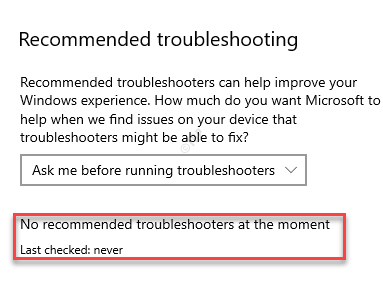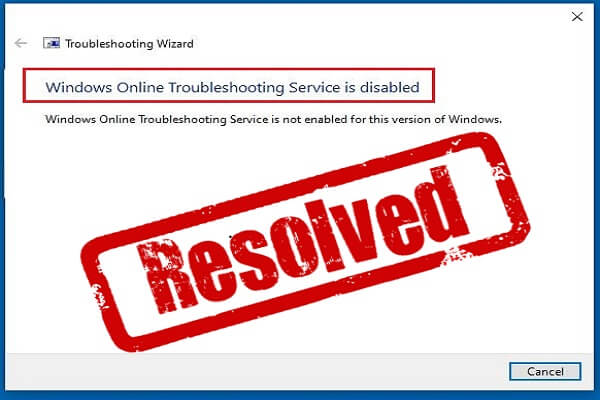

Once you've done the above, you should check to confirm if the router is giving you a valid IP address. Repeat this process for Internet Protocol Version 6, if it's enabled, to ensure everything is automatic there as well.

But if the problem is only affecting you, continue on to troubleshoot.

If a site is down for everyone, you'll have to wait until it's fixed. Simply enter the URL and you'll see where the issue lies. You can visit downfor.io, which is a short URL for the site Down for Everyone or Just Me?, to easily check if a website is down for everyone. If you can't get on Twitter, for instance, check another few websites to make sure that the problem isn't just with a single site. Sometimes, what seems like an issue with your network is actually a problem on a specific website's end. Make Sure It's Actually Your Network Problem If it still doesn't work, continue to the next part.Ġ. After each step, try connecting to a website to verify that your connection is fixed. Like all troubleshooting, we'll start broadly and narrow down to specifics. That way, next time you open up your web browser to a Cannot Connect message, you'll know what to do. Let's step through the basic process of how to troubleshoot network connectivity problems. Even worse, when you can't get online, it's more difficult to research fixes for your problem. Though our computers can do a lot offline, being cut off from the internet isn't fun. Of all the types of computer issues you can have, network problems are one of the worst.


 0 kommentar(er)
0 kommentar(er)
